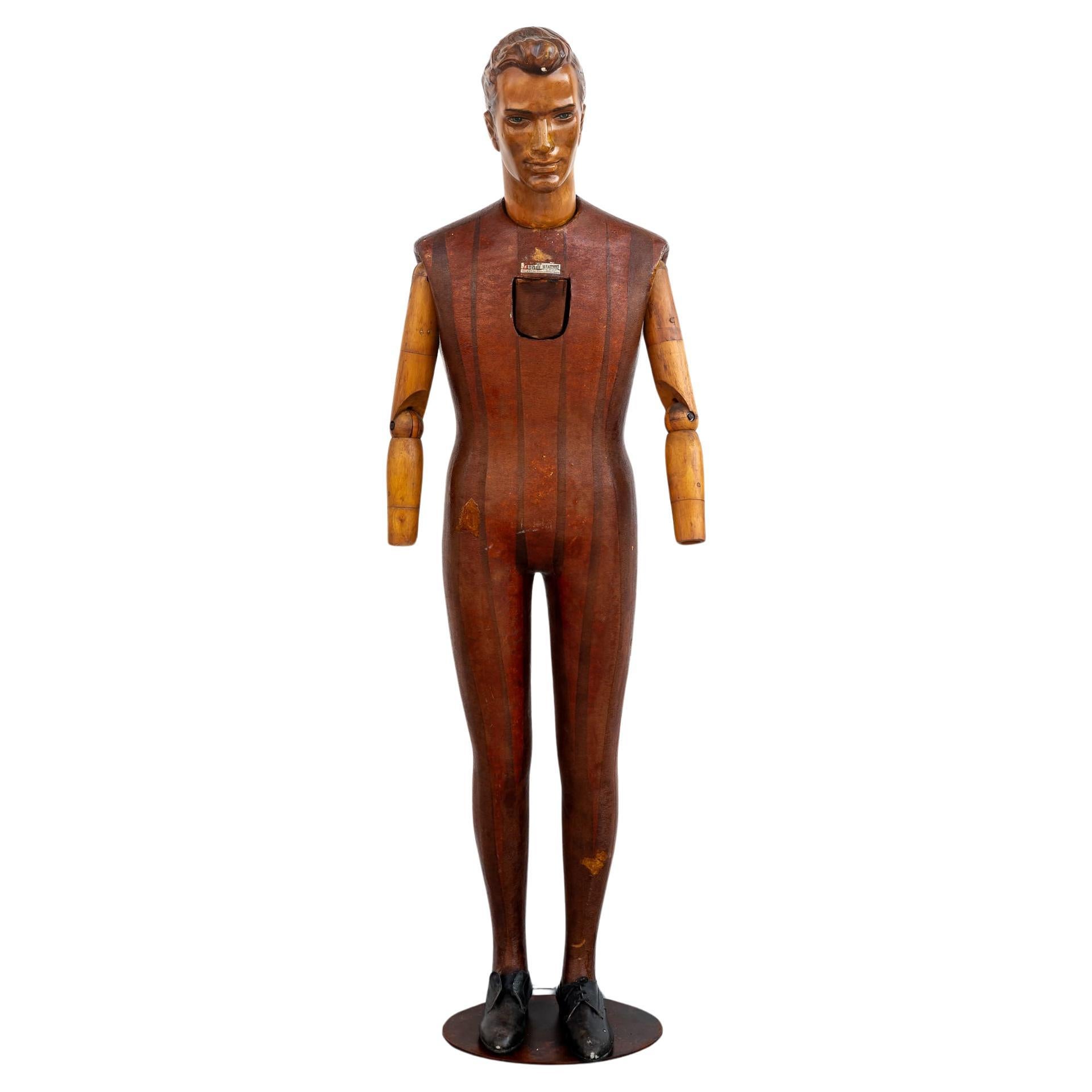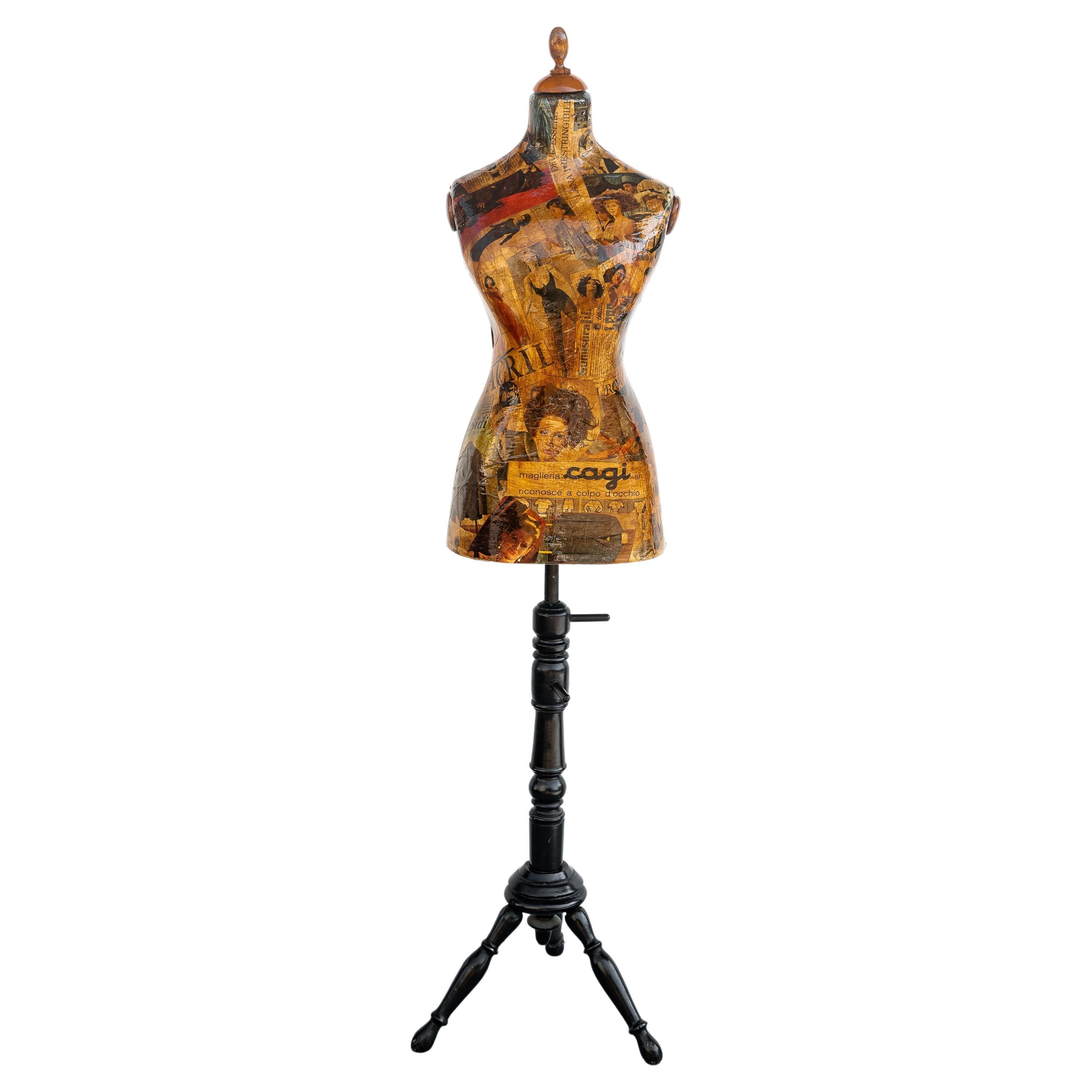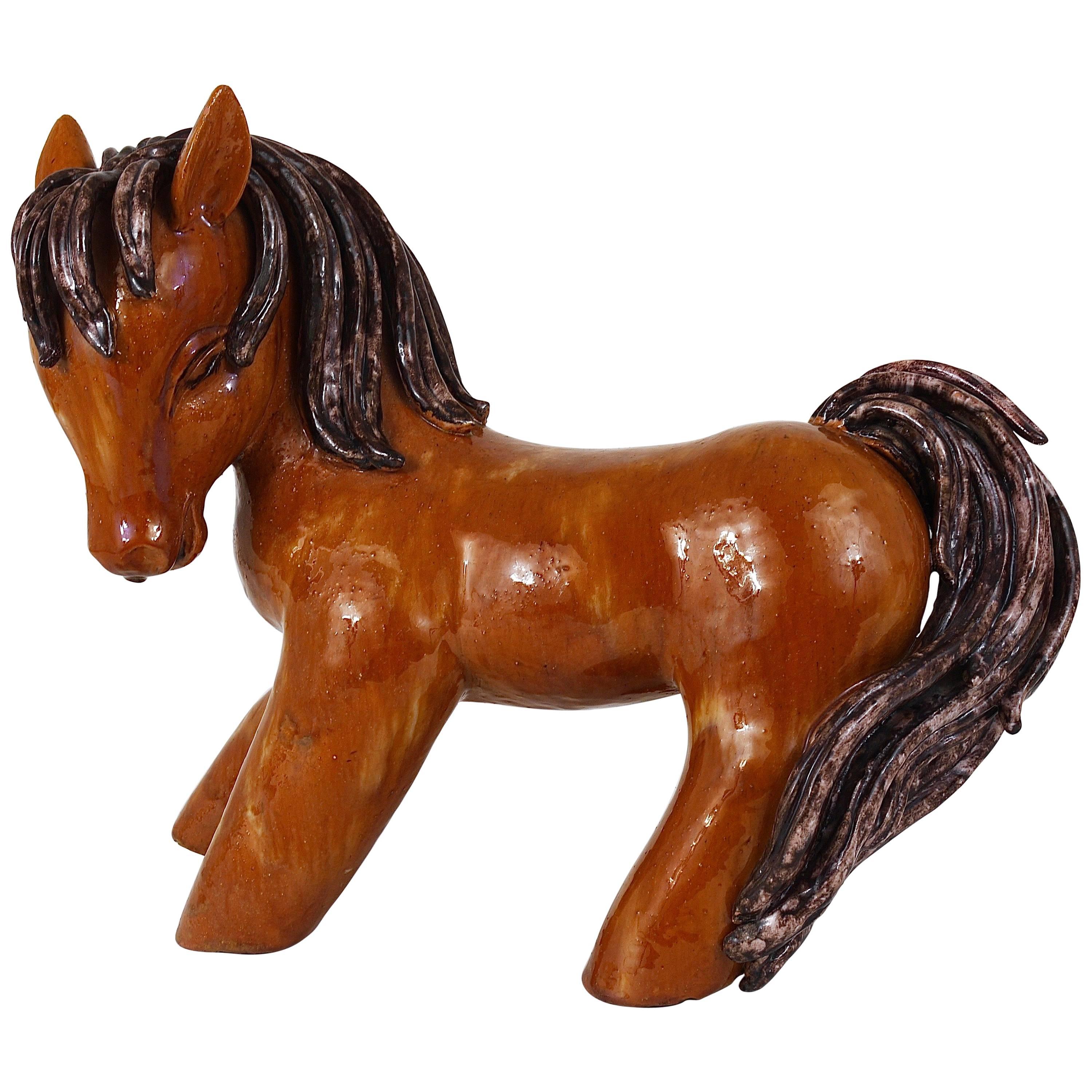Items Similar to Sculpture Mice, Year: 1950, Made in Austria
Video Loading
Want more images or videos?
Request additional images or videos from the seller
1 of 22
Sculpture Mice, Year: 1950, Made in Austria
About the Item
Material: silver plated bronze
We have specialized in the sale of Art Deco and Art Nouveau and Vintage styles since 1982. If you have any questions we are at your disposal.
Pushing the button that reads 'View All From Seller'. And you can see more objects to the style for sale.
Why are there so many antiques in Argentina?
In the 1880 – 1940 there was a grate wave of immigration encouraged by the periods of war that were taking place.
1st World War took place between 1914 and 1918
2nd World War took place between 1939 and 1945
The immigrants options were New York or Buenos Aires. Tickets were cheap and in Buenos Aires they were welcomed with open arms, as it was a country where everything was still to be done.
Argentina was the country of new opportunities, labour was needed and religious freedom was assured, in many cases the of the family travel first until they were settled and then the rest of the family members join them.
In the immigrant museum “Ellis Island Immigrant Building” in New York you can se the promotional posters of the boats that would take them to a new life.
Between the years 1895 and 1896, Argentina had the highest DGP (gross domestic product) per capita in the world according to the Maddison Historical Statistics index, this situation arose due to the large amount of food being exported to European countries, which were at war.
The Argentinean ships left the port of Buenos Aires with food, but they returned with furniture, clothes and construction elements, (it´s common to see this the old buildings of the historic neighbourhood of San Telmo, the beams with the inscription “Made in England)”, as well as many markets that were built in Buenos Aires, such us the San Telmo Market, whose structure was brought by ship and afterwards assembled in 900 Defensa Street.
With the great influence of European immigrants living in the country, the children of the upper classes travelled to study in France, resulting in the inauguration of “La Maison Argentinienne”, on 27th of June 1928, in the international city of Paris, which hosted many Argentinians that were studying in Frace.
It´s the fourth house to be built after France, Canada and Belgium, being the first Spanish-speaking one. Still in place today (17 Bd Jourdan, 75014, Paris, France). Many of the children of these wealthy families who attended international art exhibitions, museums and art courses abroad, took a keen interest in the European style. This is why Buenos Aires was at the time referred as “The Paris of South America”.
Between the years 1890 and 1920 more than a hundred Palaces were built on Alvear Avenue the most exclusive avenue in Buenos Aires. Today some of these palaces have been transformed into museums, hotels and embassies.
In the year 1936, the Kavanagh building was inaugurated, it was the tallest reinforced concrete building in South America.
During 1994 the American Society of Civil Engineers distinguished it as an “international engineering milestone”, and it´s now considered a World Heritage of Modern Architecture.
At the time was common to hire foreign architects such as Le Corbusier, who visited Buenos Aires/Argentina in 1929 and in 1948 he drew up the blueprints for a house built in La Plata City (which was declared a World Heritage Site).
In 1947, the Hungarian architect Marcelo Breuer designed “Parador Ariston” in the seaside city of Mar del Plata. After an Argentinean student at Harvard University convinced him to come to Argentina. He worked on an urban development project in the Casa Amarilla, area of La Boca.
The Ukrainian architect, Vladimiro Acosta, arrives in Argentina in 1928 and worked as an architect until que moved to Brazil.
Antonio Bonet, a Spanish architect who worked with Le Corbusier in Paris, arrives in Argentina in 1937, where he carried out several architectural works and in 1938 designs the well-known BFK chair.
Andres Kálnay, of Hungarian origin, made around 120 architectural masterpieces, among which the former Munich brewery stands out, he even made the furniture’s design.
The German architect, Walter Gropius, director of the Bauhaus, lived in Argentina, where he wrote articles for “Sur” magazine and founded in Buenos Aires, an architectural firm with Franz Möller, who was also an architect, where he built two houses.
At the same time several famous designers decided to immigrate to Argentina, among them we can find the well-known French designer, Jean-Michel Frank, who arrived in the country in 1940 and also worked for the Rockefeller family.
Special pieces were made, which were sold exclusively in the country, such as the well-known German company “WMF”, who sold their products by catalogue, which were chosen by the ladies of high society in the list of wedding gifts, as well as the pieces designed by Christofle.
The Swiss sculptor Alberto Giacometti, made special pieces for Argentinean mansions.
In 1904 the first Jansen branch outside Paris was established in Buenos Aires, as the Argentinean clientele demanded a large amount of furniture, from the end of the 19th century to the mid-20th century.
In 1970, the brand Rigolleau Argentina made pieces authorised by Lalique.
The brands Maple and Thompson also set up shop in the country.
The French plastic artist, Marcel Duchamp moved to Argentina in 1918-1919.
Glass signed Gallé, Charder, Leverre, Schneider, Muller and other French firms. They were bought in flower shops and were given to ladies with beautiful floral arrangements.
Some furniture manufacturers travelled to international fairs and bough the patterns to produce the furniture in Argentina, such as the furniture firm Englander and Bonta, who bought the patterns ins Italy.
It is worth mentioning that in Argentina we have the largest community of Italians outside of Italy, as it is estimated that 70 percent of the inhabitants have at least one Italian descendant, followed by Spanish immigrants.
The most Important furniture stores in Argentina:
Comte is founded in 1934 (under the direct management of Jean Michel Frank in 1940).
Nordiska (Swedish company established in 1934).
Churba in 1960, a company that brought foreign designers to present their furniture in the country:
Denmark: (Arne Jacobsen, Finn Juhl, Bender Madsen, Ejner Larsen, Poul Kjaerholm, Hans Wegner)
Sweden: (Hans Agne Jakobsson, Gustavsberg)
United States: (Herman Miller)
Finland: (Lisa Johansson, Folke Arstrom, Tapio Wirkkala, Alvar Aalto, Timo Sarpaneva)
Swedish Factory: (Orrefors)
Italy: (Littala, Vico Magistretti, Emma Gismondi, Gae Aulenti, Angelo Mangiarotti, Elio Martinelli, Gianna Celada, Angelo Mangiarotti, Mario Bellini, Carlo Scarpa)
Finland: (Olivia Toikka)
Plata Lappas (Lappas Silver): a goldsmith shop founded in 1887 in Argentina by Alcibiades Lappas of Greek origin.
In 2019, in Argentina took place “the Art Deco world congress”, in which we participated as hosts invited by Geo Darder, founder of the Copperbridge – Foundation, in which prominent people from all over the world attended to learn about Art Deco in Argentina.
Argentina currently has more than 100 Art Deco buildings and another 90 Art Nouveau buildings throughout the city of Buenos Aires.
Argentina is a country that has not been involved in many wars, which is why it has been a refuge for works of art and antiques from different periods of time, unlike European countries. That is way many collectors, museums and antique dealers from all over the world visit it, you should not miss the opportunity to visit this great country.
Laura Guevara Kjuder, architect.
- Dimensions:Height: 9.06 in (23 cm)Width: 6.11 in (15.5 cm)Depth: 3.94 in (10 cm)
- Style:Mid-Century Modern (Of the Period)
- Materials and Techniques:
- Place of Origin:
- Period:
- Date of Manufacture:1950
- Condition:Wear consistent with age and use.
- Seller Location:Ciudad Autónoma Buenos Aires, AR
- Reference Number:
About the Seller
5.0
Vetted Seller
These experienced sellers undergo a comprehensive evaluation by our team of in-house experts.
Established in 1982
1stDibs seller since 2022
21 sales on 1stDibs
Typical response time: <1 hour
- ShippingRetrieving quote...Ships From: Ciudad Autónoma Buenos Aires, Argentina
- Return PolicyThis item cannot be returned.
More From This SellerView All
- Sculpture Owl Designer : Guayasamin, Year: 1955By Oswaldo GuayasaminLocated in Ciudad Autónoma Buenos Aires, CWe have specialized in the sale of Art Deco and Art Nouveau and Vintage styles since 1982. If you have any questions we are at your disposal. Pushing the button that reads 'View All From Seller'. And you can see more objects to the style for sale. Oswaldo Guayasamín (July 6, 1919 – March 10, 1999) was an Ecuadorian painter and sculptor of Kichwa and Mestizo heritage. Biography Early life Guayasamín was born in Quito, Ecuador,[2] to a native father and a Mestiza mother, both of Kichwa descent.[3] His family was poor and his father worked as a carpenter for most of his life. Oswaldo Guayasamín later worked as a taxi and truck driver. He was the eldest of ten children in his family. When he was young, he enjoyed drawing caricatures of his teachers and the children that he played with. He showed an early love for art. He created a Pan-American art of human and social inequalities which achieved international recognition. He graduated from the School of Fine Arts in Quito as a painter and sculptor. He also studied architecture there. He held his first exhibition when he was 23, in 1942. While he was attending college, his best friend died during a demonstration in Quito. This incident would later inspire one of his paintings, Los Niños Muertos (The Dead Children). This event also helped him to form his vision about the people and the society that he lived in. Career Guayasamín started painting from the time he was six years old. He loved to draw from that age. Starting from watercolors and transforming all the way through to his signature humanity pieces, his art career had many highlights. Although tragedy molded Guayasamín's work, it was his friend's death that inspired him to paint powerful symbols of truth in society and injustices around him. While his interest was seldom with his school work, he began selling his art before the time that he could even read. After his attendance at the School of Fine Arts in Quito, his career took off. La Galería Caspicara, an art gallery opened by Eduardo Kingman...Category
Vintage 1950s Ecuadorean Mid-Century Modern Animal Sculptures
MaterialsBronze
- Art deco Table Lamp, Sing: Made in Austria "Keramos", 1920 in CeramicBy KéramosLocated in Ciudad Autónoma Buenos Aires, CTable lamp Art deco Materia: Ceramic Style: Art Deco Country: Austria To take care of your property and the lives of our customers, the new wiring has been done. If you want to live in the golden years, this is the table lamp that your project needs. We have specialized in the sale of Art Deco and Art Nouveau and Vintage styles since 1982.If you have any questions we are at your disposal. Pushing the button that reads 'View All From Seller'. And you can see more objects to the style for sale. KERAMOS HISTORY: WIENER KUNST...Category
Vintage 1920s Austrian Art Deco Table Lamps
MaterialsCeramic
- 2 penguin sculptures, 1950Located in Ciudad Autónoma Buenos Aires, CWe have specialized in the sale of Art Deco and Art Nouveau and Vintage styles since 1982. If you have any questions we are at your disposal. Pushing the button that reads 'View All ...Category
Vintage 1950s French Mid-Century Modern Paperweights
MaterialsChrome
- Murano, 1950, Italian, Label (murano ... made in italy)By Flavio PoliLocated in Ciudad Autónoma Buenos Aires, CMurano We have specialized in the sale of Art Deco and Art Nouveau and Vintage styles since 1982. If you have any questions we are at your disposal. Pushing the button that reads 'Vi...Category
Vintage 1950s Italian Space Age Abstract Sculptures
MaterialsMurano Glass
- Fountain in Marble, Year: 1920, FranceLocated in Ciudad Autónoma Buenos Aires, CFountain: Marble Roso Verona Rosso Francia marble, also known as Rouge incarnat or Languedoc, is a historical French marble used since the 19th century for churches and noble palace...Category
Vintage 1920s Italian Art Deco Figurative Sculptures
MaterialsMarble
- France : Mirror in Wood, Year: 1950Located in Ciudad Autónoma Buenos Aires, CAmaizing mirror Material: Wood Country: France We have specialized in the sale of Art Deco and Art Nouveau and Vintage styles since 1982. If you have any questions we are at your di...Category
Vintage 1950s French Space Age Wall Mirrors
MaterialsMirror, Wood
You May Also Like
- Walter Bosse Animal Sculptures, Austria, 1950By Herta Baller, Walter BosseLocated in Munich, DESet of beautiful sculptures made of brass designed by Walter Bosse, executed by Hertha Baller, Austria in the 1950s. These brilliant figurines by Walter Bosse represent seminal works...Category
Vintage 1950s Austrian Mid-Century Modern Animal Sculptures
MaterialsBrass
- MANICHINO Year 1950Located in Bastia Umbra, ITBEAUTIFUL HANDBAG, Year 1950. Fantastic paper-covered plaster mannequin, all original. Complete with wooden arms without hands and fixed on an iron base. The price of shipping is ...Category
Antique Early 1900s Italian Mid-Century Modern Figurative Sculptures
MaterialsGesso
- Walter Bosse Woman in Biedermeier Dress Mural Brass Sculpture, Austria, 1950sBy Herta Baller, Walter BosseLocated in Vienna, ATA lovely midcentury mural, displaying a woman in a Biedermeier dress with umbrella in front of the Gloriette in Vienna, all made of brass. A beautif...Category
Mid-20th Century Austrian Mid-Century Modern Wall-mounted Sculptures
MaterialsBrass
- Sartorial sleeve year 1950Located in Bastia Umbra, ITBeautiful Sartorial SLEEVE, Year 1950. The structure is made of wood and covered with papier-mâché. Externally it was covered with pieces of advertising newspapers from the year 195...Category
Antique Early 1900s Italian Mid-Century Modern Figurative Sculptures
MaterialsWood
- Gmundner Ceramics, Austria, Nude "Negresse" Sculpture in Black Ceramic, 1950sLocated in Copenhagen, DKGmundner ceramics, Austria. Nude "Negresse" sculpture in black ceramic with grass skirt, 1950s. Model number: 2220. In very good condition. Measures: 22 ...Category
Vintage 1950s Austrian Figurative Sculptures
MaterialsCeramic
- Huge Walter Bosse Pottery Ceramic Horse Sculpture, Austria, 1950sBy Walter BosseLocated in Vienna, ATA lovely and huge handmade figurine / statue displaying a horse dated from 1947 to 1951. Designed by Walter Bosse, made of ceramic / terracotta in Kufst...Category
Mid-20th Century Austrian Mid-Century Modern Animal Sculptures
MaterialsCeramic, Pottery, Stoneware, Terracotta
Recently Viewed
View AllMore Ways To Browse
Antique Pug Figurine
Boston Terrier Statue
Chinese Export Birds Statues
Elephant Doorstop
Fratelli Toso Dog
Gorham Domestic
Milo Lion Sculpture
Rose Quartz Figurine
Square Face Watches For Mens
Tiffany Order Status
Vintage Wooden Elephant Plant Stand
Wicker Animal Light
Antique Porcelain Piggy Bank
Antique Porcelain Piggy Banks
Brass Dolphin Statue
Cloisonne Cat
Collie Dog Statues
Elephant Cast Iron Doorstop





